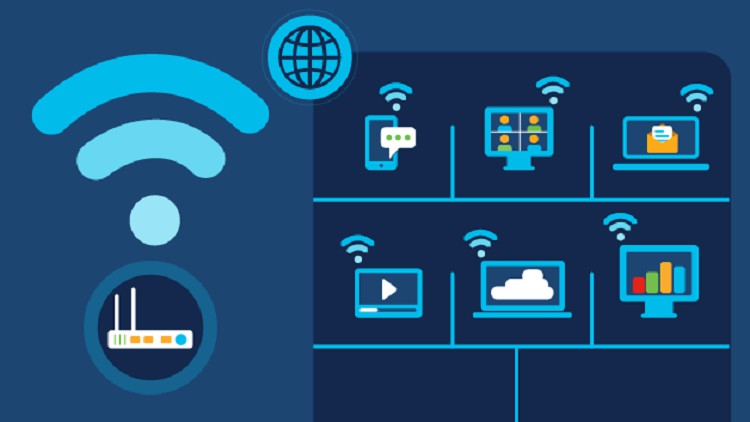Wireless Network Fundamentals by Arash Deljoo
Wireless LAN (WLAN)
4.42 (39 reviews)

357
students
22 hours
content
Jul 2023
last update
$84.99
regular price
What you will learn
RF Signals and Modulation
RF Standards
RF Signals in the Real World
Understanding Antennas
Wireless LAN Topologies
Understanding 802.11 Frame Types
Planning Coverage with Wireless APs
Understanding Cisco Wireless Architectures
Implementing Autonomous and Cloud Deployments
Implementing Controller-based Deployments
Understanding Controller Discovery
Understanding Roaming
Understanding RRM
Wireless Security Fundamentals
Configuring a WLAN
Implementing a Wireless Guest Network
Configuring Client Connectivity
Managing Cisco Wireless Networks
Dealing with Wireless Interference
Troubleshooting WLAN Connectivity
Related Topics
5264796
udemy ID
4/10/2023
course created date
4/23/2023
course indexed date
Bot
course submited by